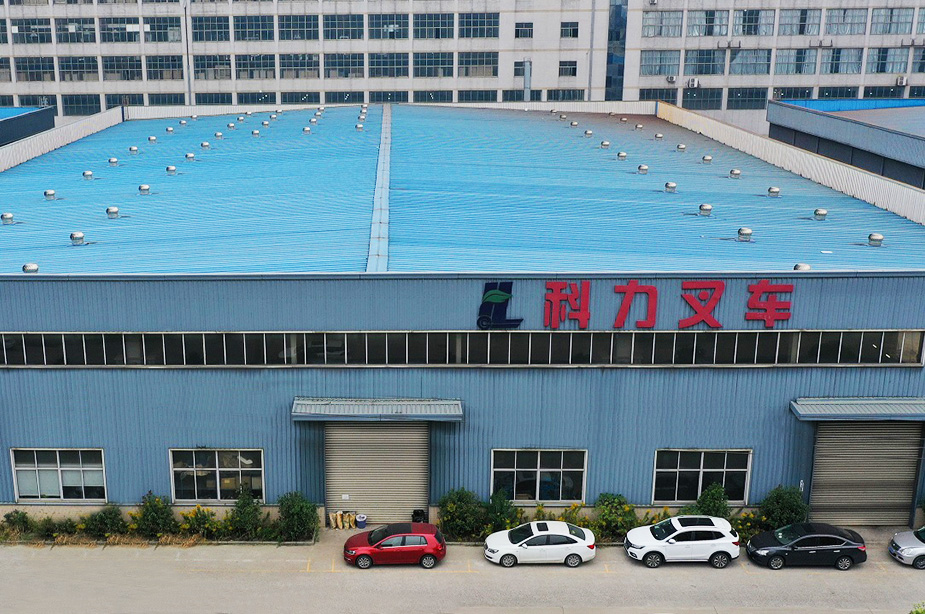What are the key design features that differentiate electric counterbalanced forklifts from other types of forklifts in the material handling industry?
Electric counterbalanced forklifts are designed with numerous key features that distinguish them from different varieties of forklifts inside the fabric coping with the enterprise. These features make a contribution to their efficiency, environmental friendliness, and suitability for particular programs.
Electric counterbalanced forklifts are powered with the aid of electric batteries, eliminating the want for inner combustion engines. This makes them environmentally friendly, with 0 emissions in the course of operation.
These forklifts are ready with a counterweight on the rear of the truck, which balances the weight weight at the front. This design allows them to raise and maneuver heavy loads without the need for prolonged counterweights or outriggers.
Electric counterbalanced forklifts are known for their incredible maneuverability. Their layout allows for tight turning circles, making them suitable for navigating via slender aisles and restrained spaces within warehouses and distribution centers.
Compared to forklifts with internal combustion engines, electric counterbalanced forklifts function more quietly. This is wonderful in indoor settings wherein noise discount is crucial, together with in retail environments or manufacturing centers.
Many electric-powered counterbalanced forklifts are equipped with regenerative braking systems. This era converts kinetic power into electric-powered power all through braking, contributing to increased power performance and longer battery lifestyles.
Although the preliminary funding for electric counterbalanced forklifts may be higher, they frequently have a lower total fee of possession over their lifespan. This is due to lower fuel and renovation prices as compared to their inner combustion opposite numbers.
Electric forklifts are designed with a focus on operator consolation and ergonomics. Features that include adjustable seats, smooth-to-use controls, and occasional vibration tiers make a contribute to greater snug working surroundings for operators all through prolonged use.
One of the large blessings of electrical counterbalanced forklifts is their environmentally friendly operation. They produce no emissions throughout use, contributing to a cleaner and more healthy workplace and lowering the general carbon footprint.
Electric counterbalanced forklifts are to be had in various load capacities, making them appropriate for diverse packages, from light-duty to heavy-obligation cloth coping with responsibilities.
Many electric forklifts are designed to combine with advanced technology including telematics and IoT, making an allowance for real-time tracking, fleet control, and overall performance optimization.
How is the maintenance and servicing of electric counterbalanced forklifts different from traditional forklifts powered by internal combustion engines?
The maintenance and servicing of electric counterbalanced forklifts differ significantly from traditional forklifts powered by internal combustion engines.
Power Source:
Electric Counterbalanced Forklifts: These forklifts are powered by electric batteries. Maintenance involves regularly checking and maintaining the battery, ensuring proper charging, and monitoring the overall electrical system.
Internal Combustion Forklifts: Forklifts with internal combustion engines require maintenance of engines, fuel systems, exhaust systems, and other components related to combustion. This includes tasks such as oil changes, air filter replacements, and fuel system checks.
Fewer Moving Parts:
Electric Counterbalanced Forklifts: Electric forklifts generally have fewer moving parts compared to internal combustion forklifts. This can result in reduced wear and tear, leading to lower maintenance requirements.
Internal Combustion Forklifts: Internal combustion engines have more complex systems with more moving parts, leading to higher maintenance needs. Regular checks on components such as spark plugs, belts, and the exhaust system are necessary.
Fluids and Emissions:
Electric Counterbalanced Forklifts: These forklifts do not emit pollutants during operation, and there are no fluids like oil or coolant associated with an internal combustion engine. This simplifies maintenance and reduces the risk of environmental contamination.
Internal Combustion Forklifts: Maintenance involves managing fluids such as oil, coolant, and hydraulic fluid. Additionally, exhaust systems must be monitored to ensure compliance with emissions regulations.
Battery Maintenance:
Electric Counterbalanced Forklifts: Regular battery maintenance is crucial, including monitoring water levels, checking for corrosion, and ensuring proper charging. Battery replacement may be necessary after a certain number of charge cycles.
Internal Combustion Forklifts: Battery-related maintenance is not applicable. Instead, the focus is on engine-related components and fuel systems.
Noise and Vibration:
Electric Counterbalanced Forklifts: These forklifts operate more quietly and have lower vibration levels, contributing to a more comfortable working environment for operators. This can lead to reduced wear on components related to vibration.
Internal Combustion Forklifts: Internal combustion engines produce more noise and vibration, potentially impacting the longevity of components and requiring more frequent inspections.
Cooling Systems:
Electric Counterbalanced Forklifts: Electric forklifts may have cooling systems for the battery, but they are generally simpler compared to the cooling systems required for internal combustion engines.
Internal Combustion Forklifts: Maintenance includes checking and servicing complex cooling systems to prevent engine overheating.
Fueling vs. Charging Infrastructure:
Electric Counterbalanced Forklifts: Charging infrastructure needs to be in place to support electric forklifts. This involves providing accessible charging stations and ensuring proper electrical connections.
Internal Combustion Forklifts: These forklifts require access to fueling stations with the appropriate fuel type (e.g., propane, diesel, or gasoline).
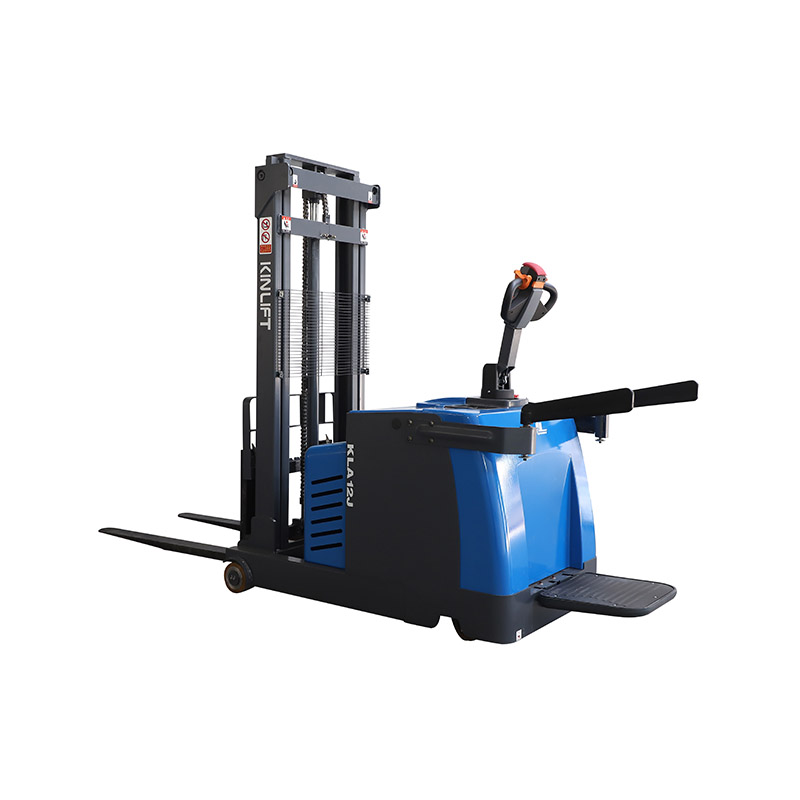 Quick View
Quick View
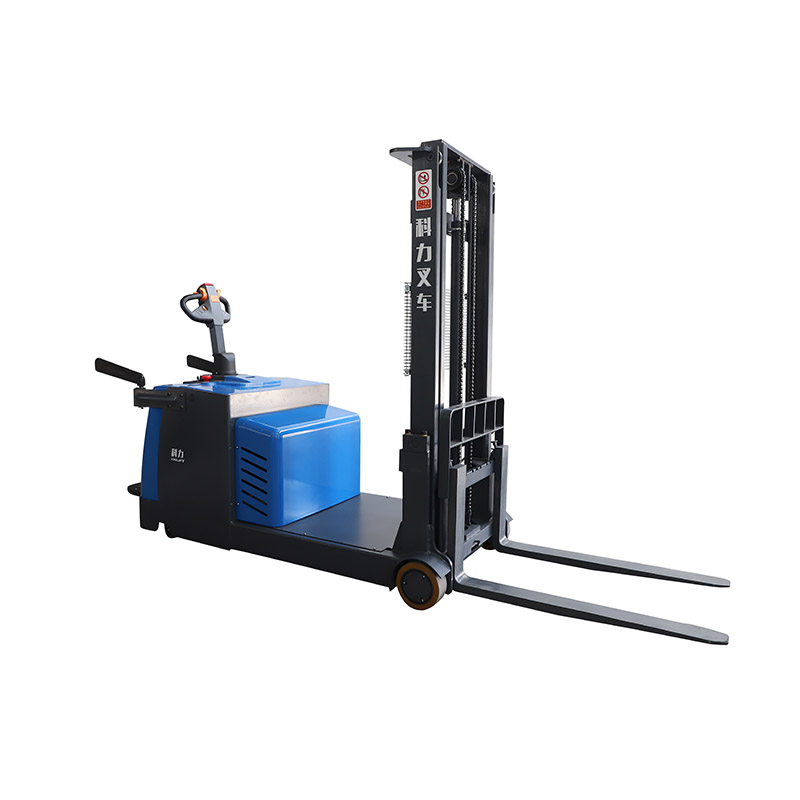 Quick View
Quick View
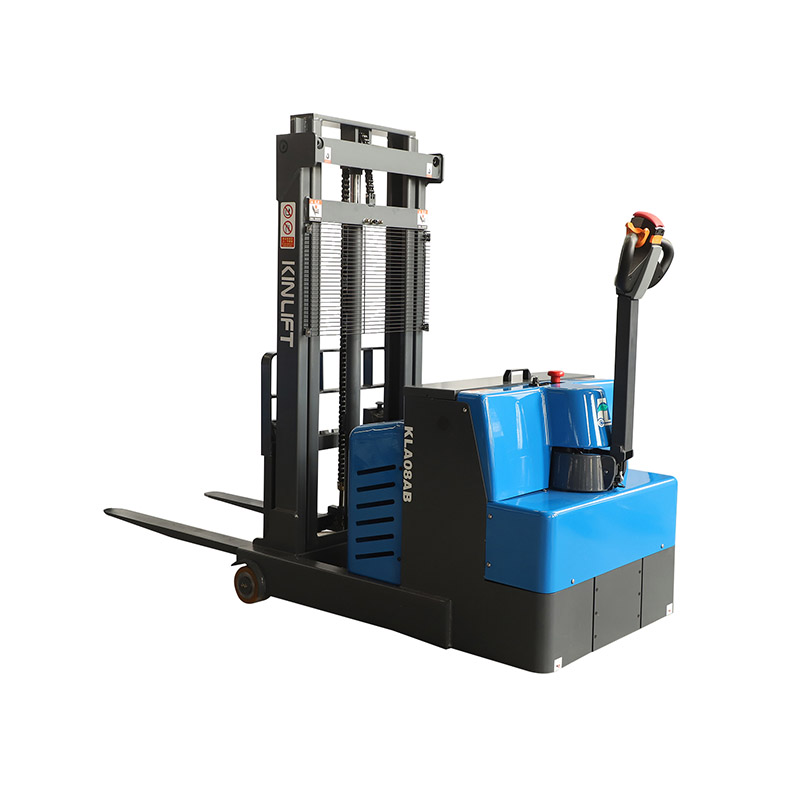 Quick View
Quick View
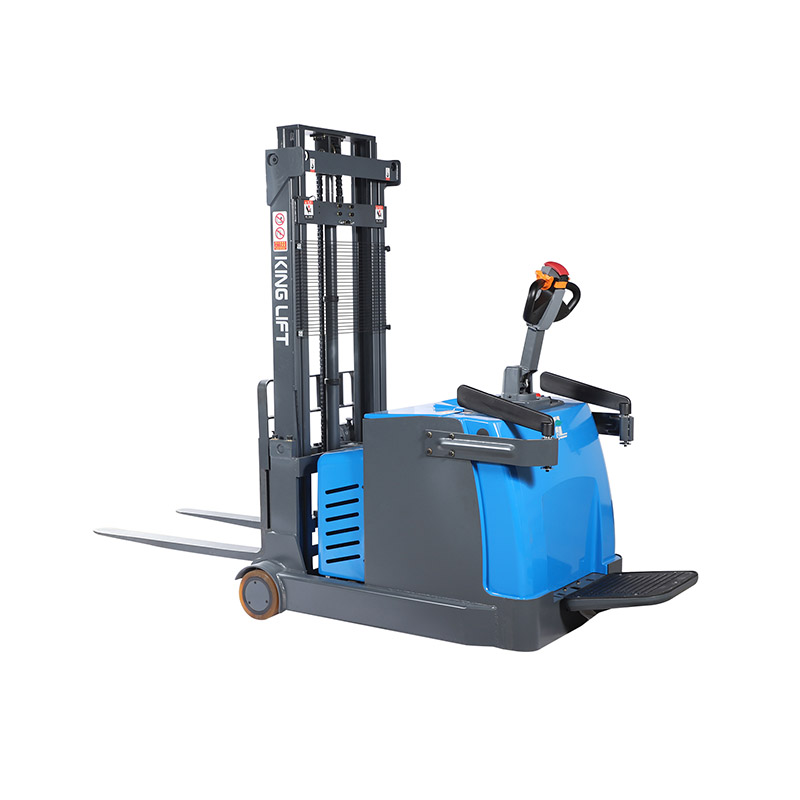 Quick View
Quick View
 Quick View
Quick View
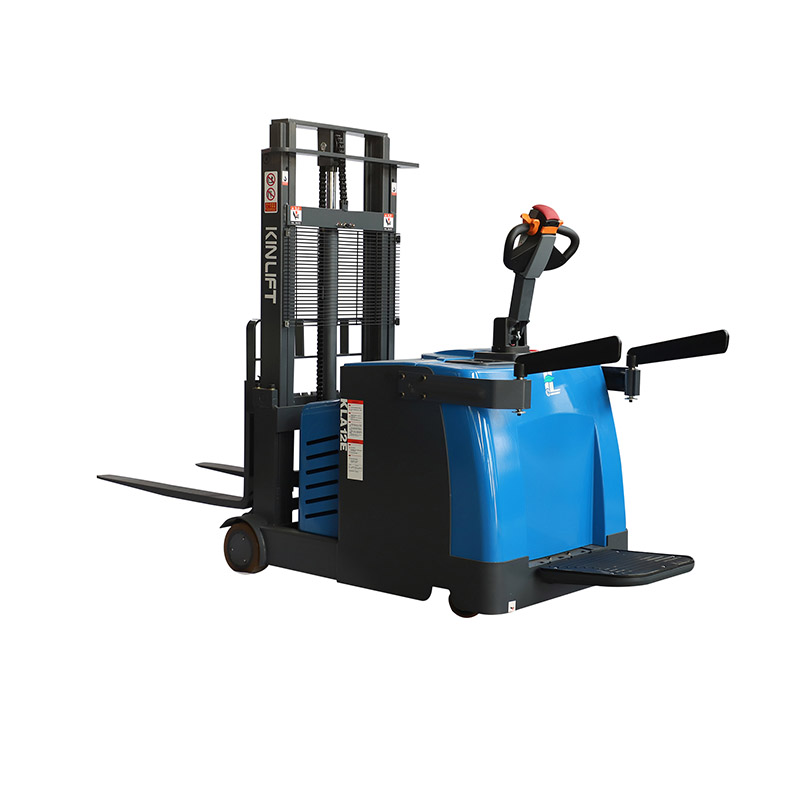 Quick View
Quick View
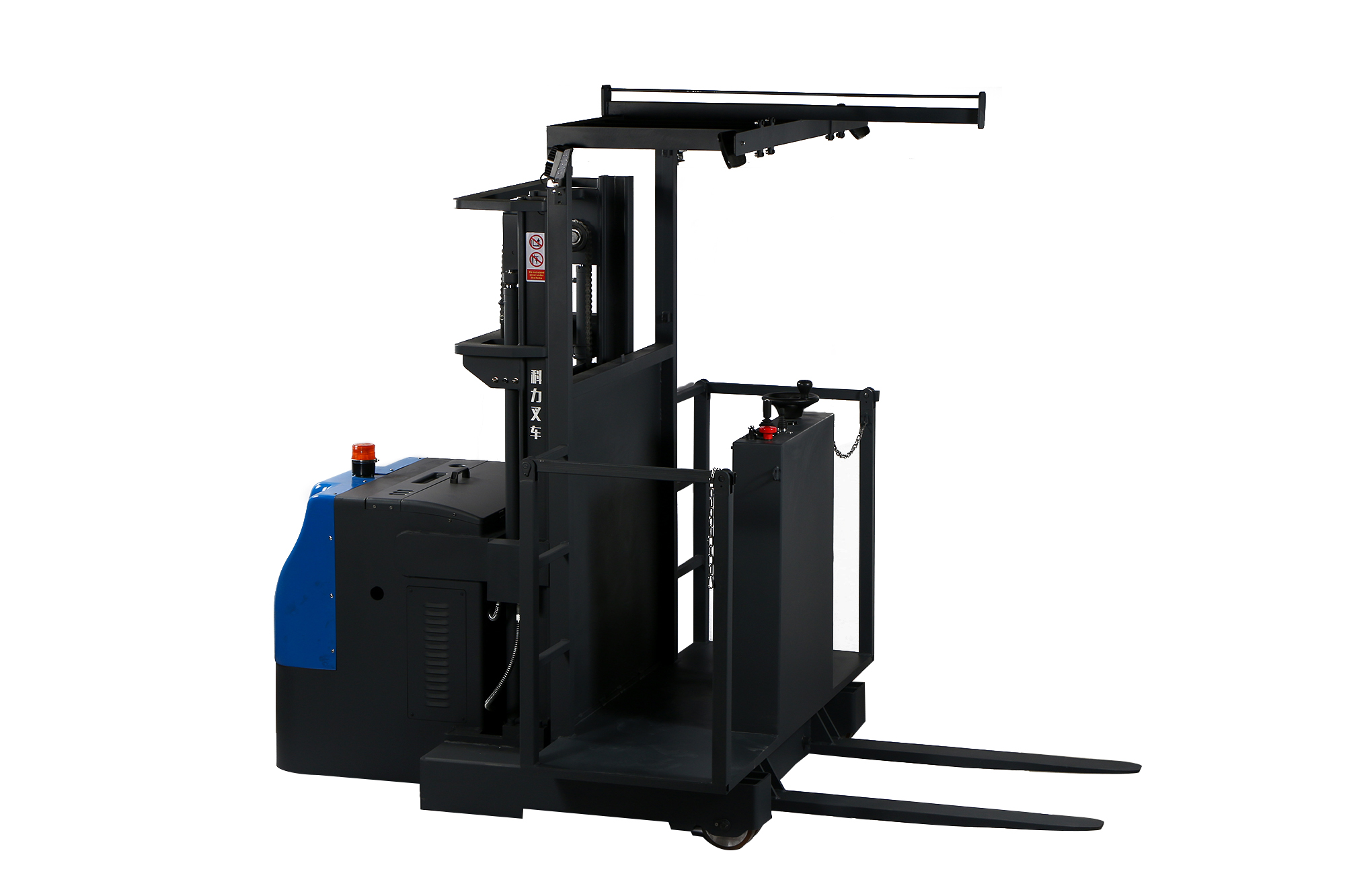 Quick View
Quick View
